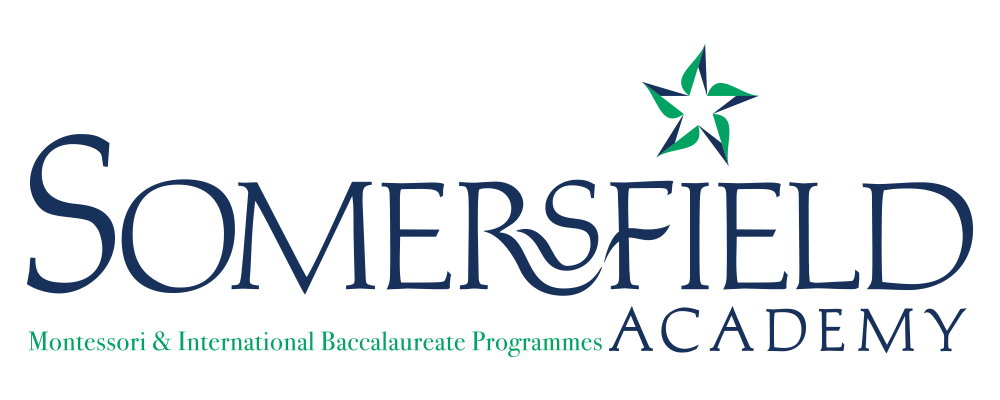Montessori Mathematics: A Hands-On Approach to Learning
In the realm of education, particularly in mathematics, the Montessori method stands out for its innovative approach to teaching and learning. At the heart of this method lie hands-on learning materials that transform abstract concepts into tangible, concrete experiences. Developed by Drs. Maria and Mario Montessori, this approach has proven to be a powerful tool in fostering a deep understanding of mathematics and geometry among students.
One of the hallmarks of Montessori mathematics is the use of concrete materials that allow students to see and explore mathematical concepts firsthand. These materials, often beautifully crafted and meticulously designed, captivate both children and adults alike. They serve as the building blocks upon which students develop a solid foundation in mathematics.
Through a carefully structured curriculum, students progress through various levels of abstraction. They start with fundamental concepts presented in the most tangible form and gradually move towards more complex ideas represented in increasing levels of abstraction. This gradual progression ensures that students not only understand mathematical concepts but also grasp them conceptually, enabling them to apply their knowledge confidently.
“Students who learn math by rote often have no real understanding or ability to put their skills to use in everyday life. Learning comes much more easily when they work with concrete educational materials that graphically show what is taking place in a given mathematical process.”
The Montessori method of teaching mathematics emphasises not just rote memorisation but deep comprehension and problem-solving skills. By engaging with physical materials and actively participating in their learning, students develop a genuine love for mathematics and an enduring curiosity to explore its intricacies further.
In essence, Montessori mathematics offers a clear and logical pathway for students to navigate the world of numbers and shapes. It empowers them to become active participants in their mathematical journey, laying the groundwork for a lifelong appreciation of the beauty and elegance of mathematics.






